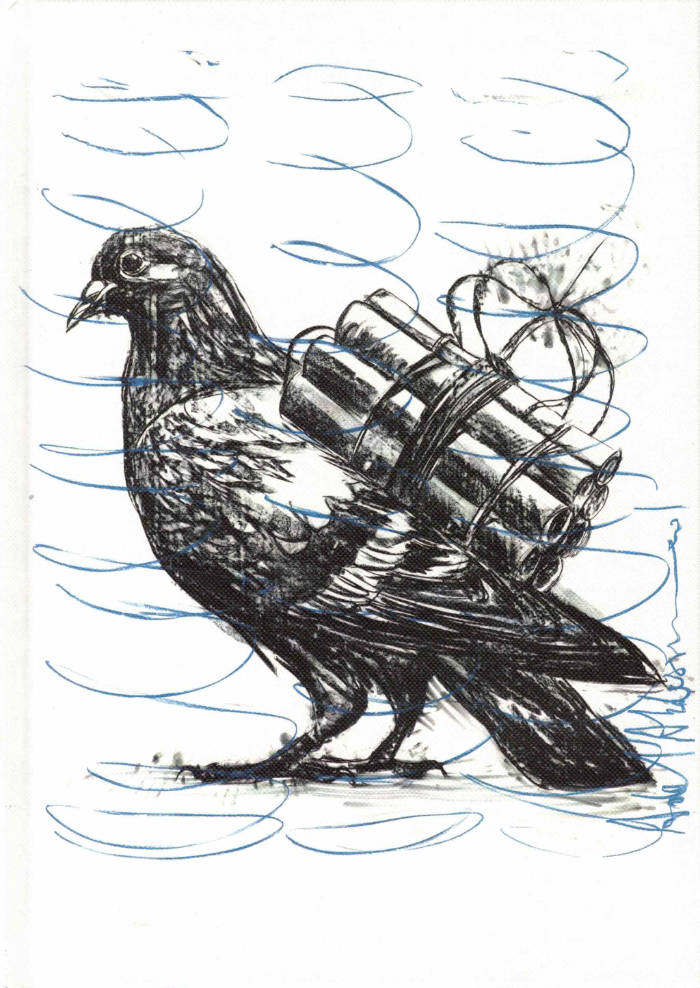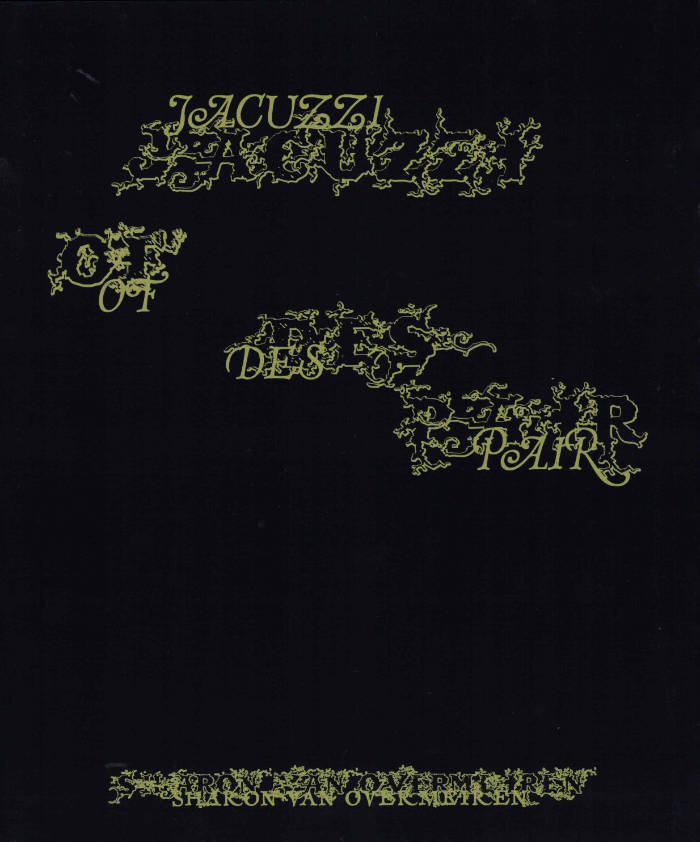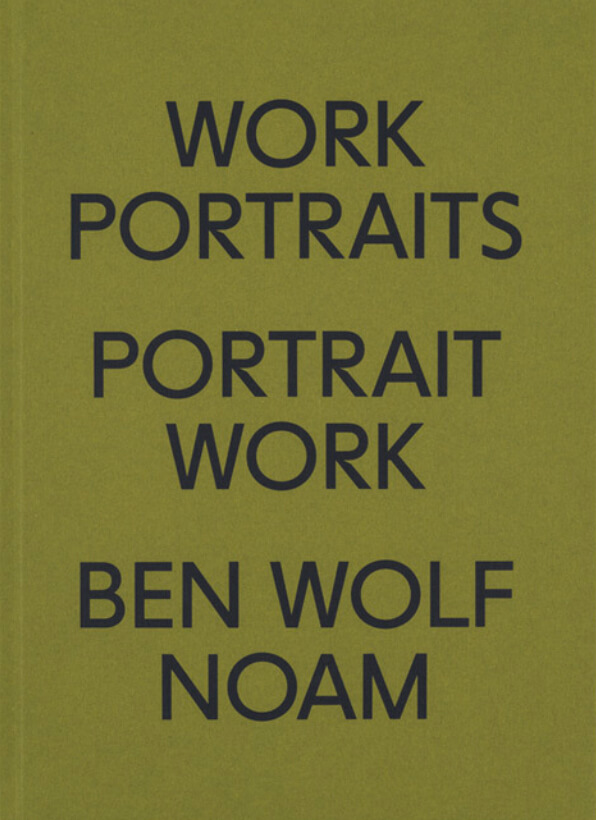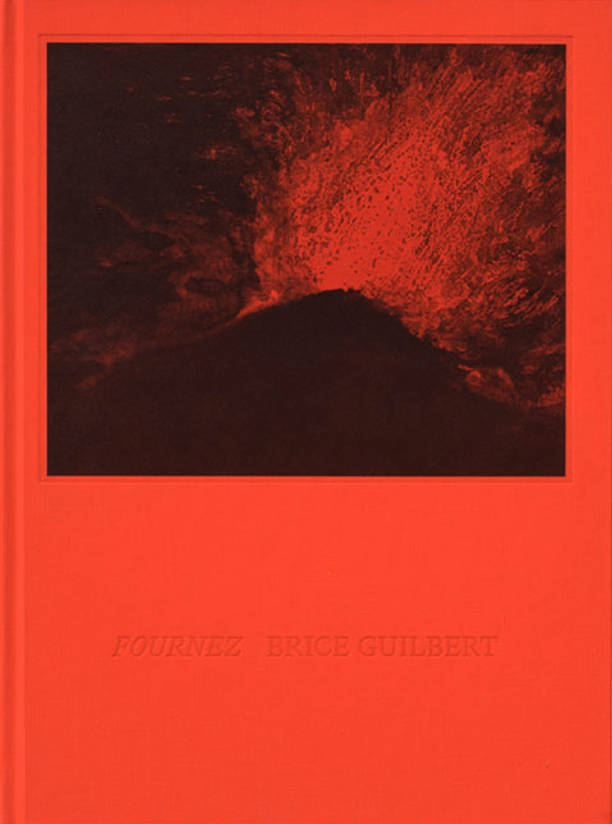
Scrapyard Abstraction
Machteld Rullens' second publication with Zolo Press documents three years of works, friends & family moments, and travels in Senegal, NYC, LA, and Vincent van Gogh's house…
"A friend told me my works are "warmly laconic" without becoming ironic or cynical. They show serious material research with humor and a dark side. In this book, I share my personal life and way of working. It might clarify my obsession with art, art history, the studio, travels I made, and the way I use my analog camera. My work has become more mature and I've turned a little grey myself. In the work I use all the possibilities of the box. Paint and surface become one. The cardboard is not a background that is separate from the paint. In this way, I expand my visual research, which I do not only as a painter but also as a sculptor. The pictures taken over the past years were made while spending time in a small village in Senegal, in Vincent van Gogh's house, my studio in The Hague, Los Angeles, Brussels, and my friend's place in Germany." — Machteld Rullens
Machteld Rullens (born 1988 in The Hague, Netherlands) works with sculptural elements that have a strong link with painting but are rarely applied with a brush. She uses everything that's available and that reflects her basic mood. That mood is a reflection of the time and of the world that, in spite of all its beauty, is overstimulated and possible even bored. Her wall objects, made from found cardboard boxes and epoxy resin, are full of emptiness. Rullens started painting on cardboard boxes when she ordered art supplies for the studio and noticed that the boxes could be tackled in a far more aggressive and impulsive way than for example a blanc canvas. She shapes and rearranges the cardboard boxes, something that was once fragile into something sturdy, relating to elements of play, composition, and architecture.







